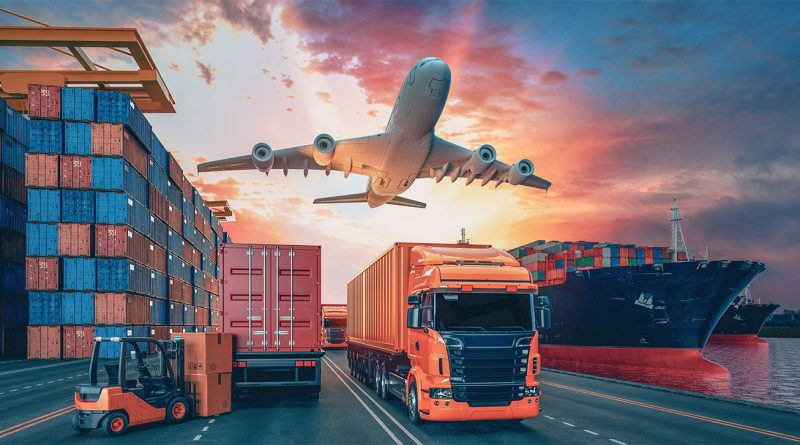America’s Logistics Landscape: From Boom to Bust
In recent years, the American logistics sector experienced unprecedented growth, fueled by various economic and societal factors. However, recent indicators suggest that this boom may have been short-lived, leading to an unforeseen downturn in the industry.
The Pandemic’s Impact on the Logistics Sector
The pandemic era sparked a notable frenzy in the logistics sector. Companies within the industry went on a hiring spree, bringing on approximately 1 million new workers. Additionally, there was a construction boom with around 1.8 billion square feet (equivalent to almost three Manhattans) of new storage space being built in anticipation of sustained growth.
Factors Driving the Logistics Boom
Driving this boom were factors such as a surge in online deliveries as consumers opted to avoid physical stores, resulting in goods like appliances, cars, and furniture congesting ports, warehouses, and truck depots. The economy saw a paradigm shift with a stark increase in goods spending. However, as of late, this spending, when adjusted for inflation, has begun to stagnate. This stagnation has left retailers grappling with excess inventories. Moreover, with the ebbing of the pandemic, consumers have shown a renewed preference for physical stores over online shopping, exacerbating the challenges faced by the logistics sector.
A Misguided Optimism
Analysts believe that an overly optimistic outlook for the industry was partly to blame. The expansion was driven by logistics experts during an unusual economic cycle, which did not account for potential shifts in consumer behavior post-pandemic.
Lessons Learned from the Boom and Bust
While the boom in America’s logistics was a response to the unique challenges and changes brought about by the pandemic, the subsequent bust serves as a cautionary tale. It underscores the importance of agility and adaptability in business strategies, especially in industries directly impacted by global events and consumer behaviors.
